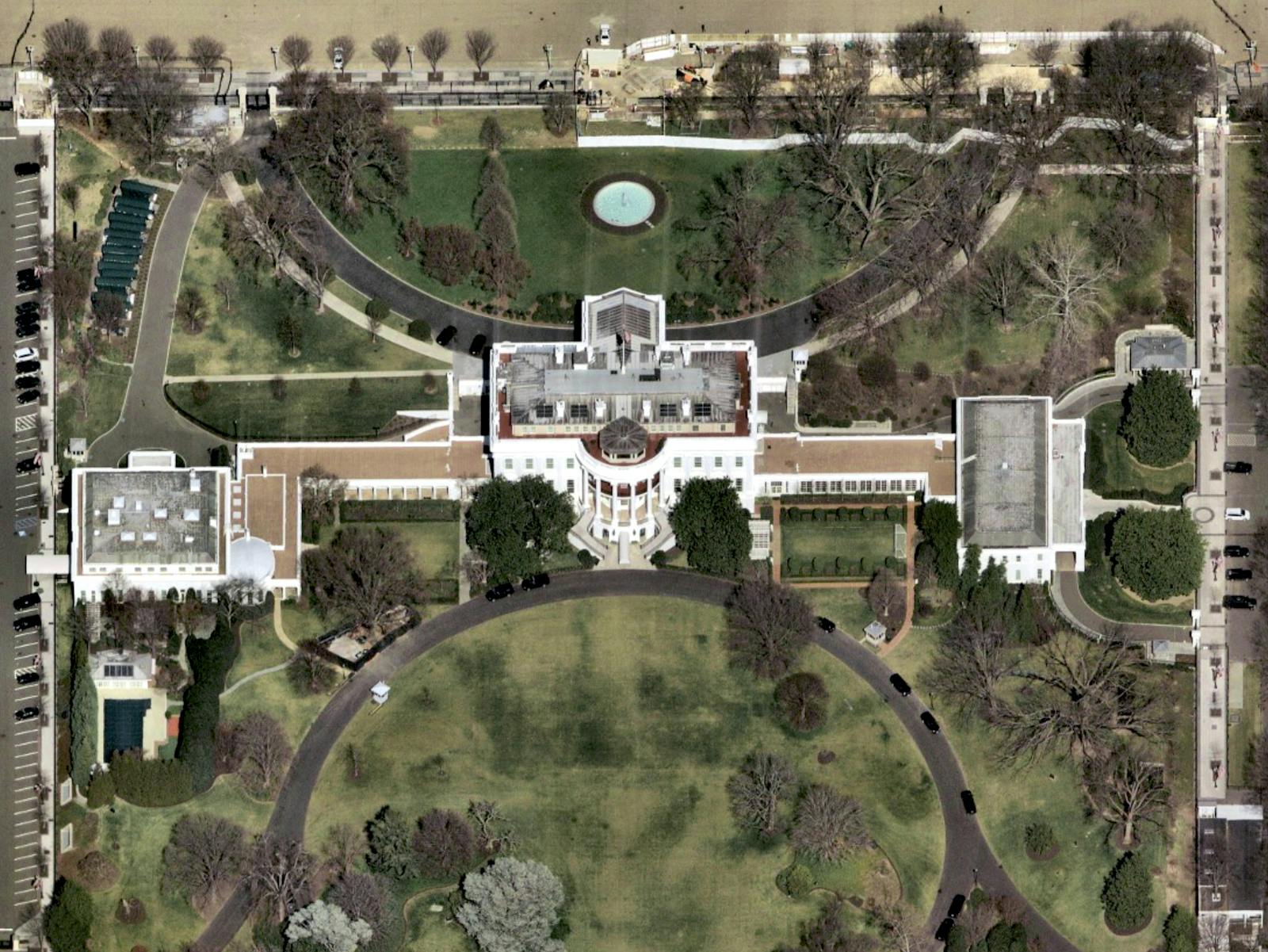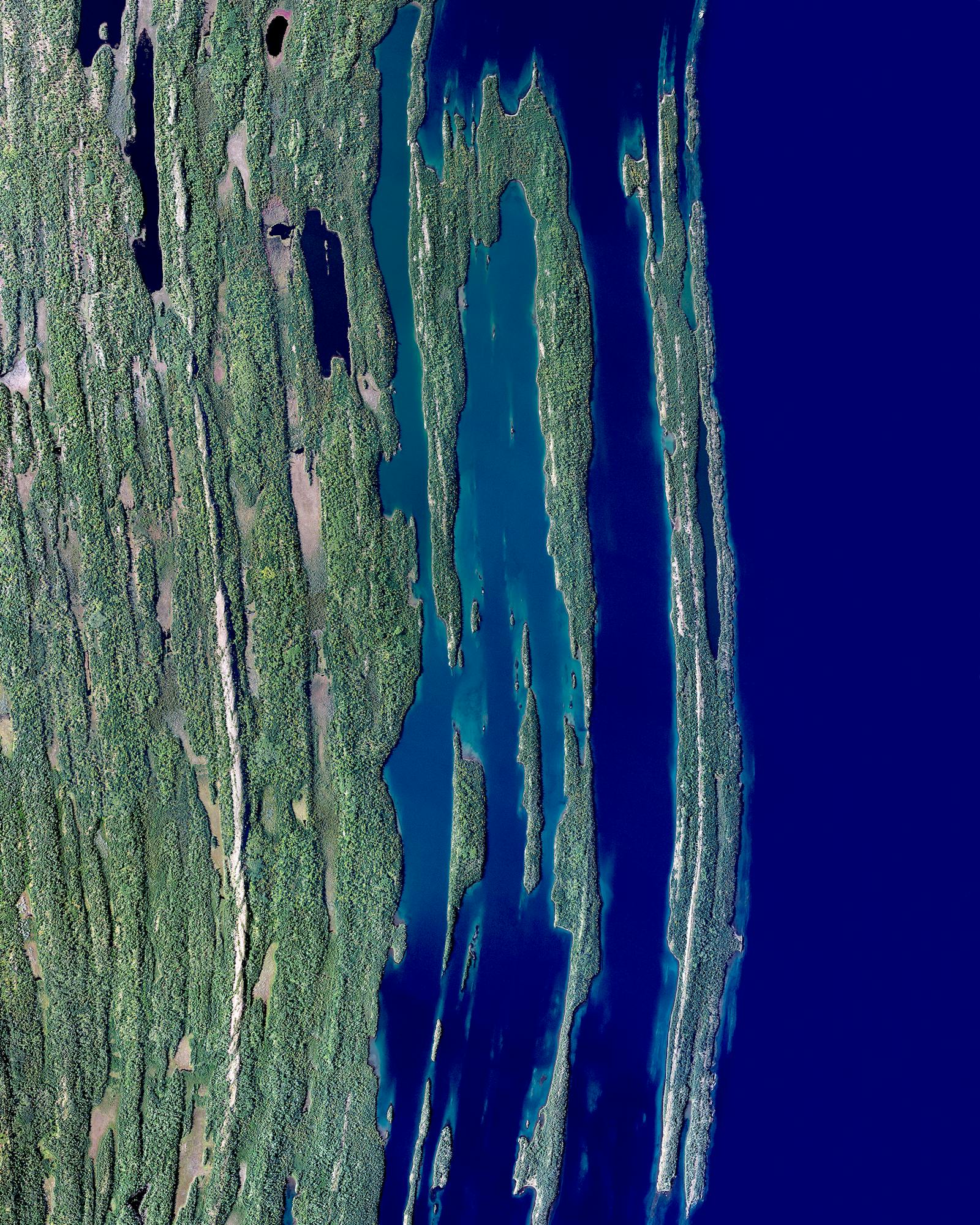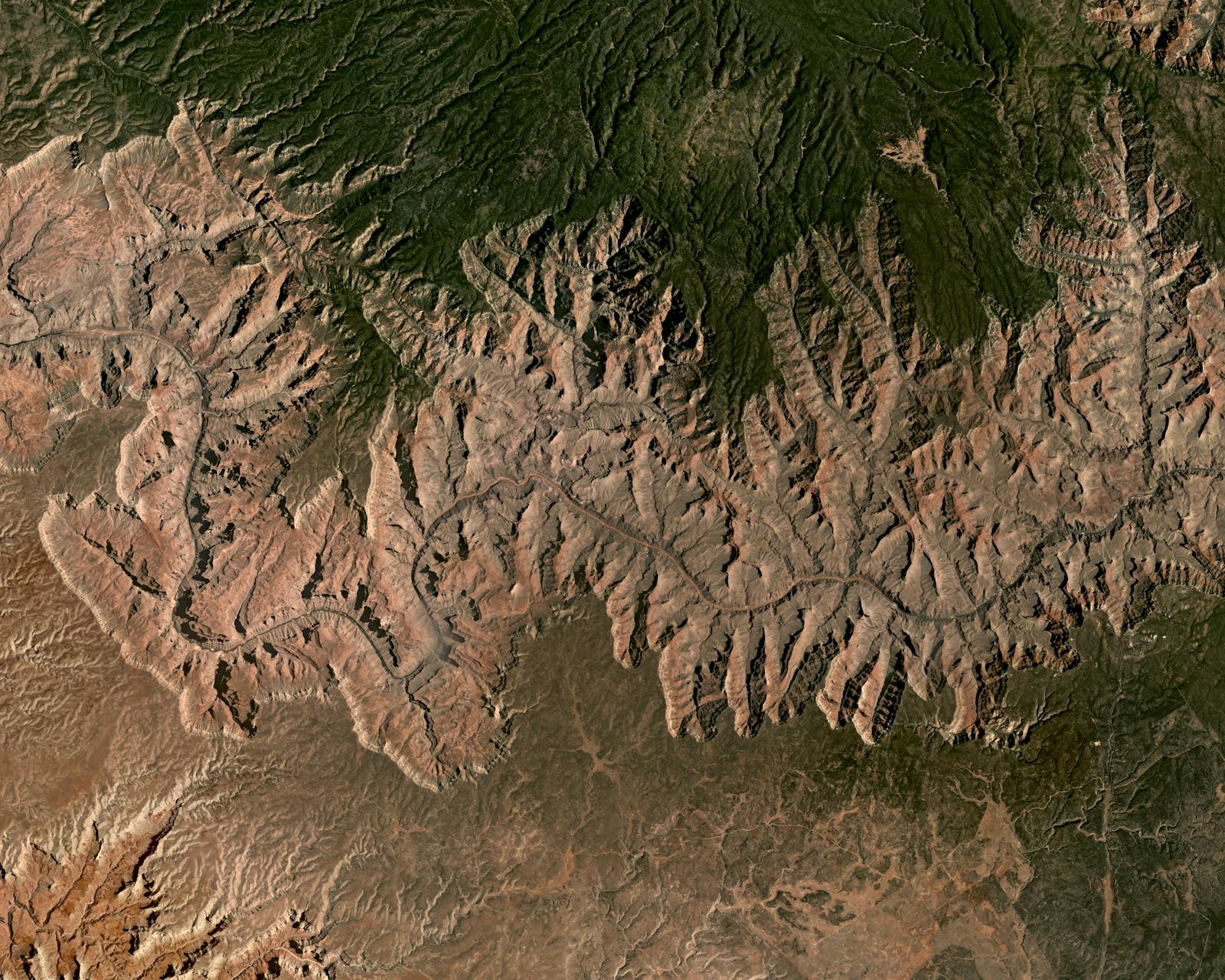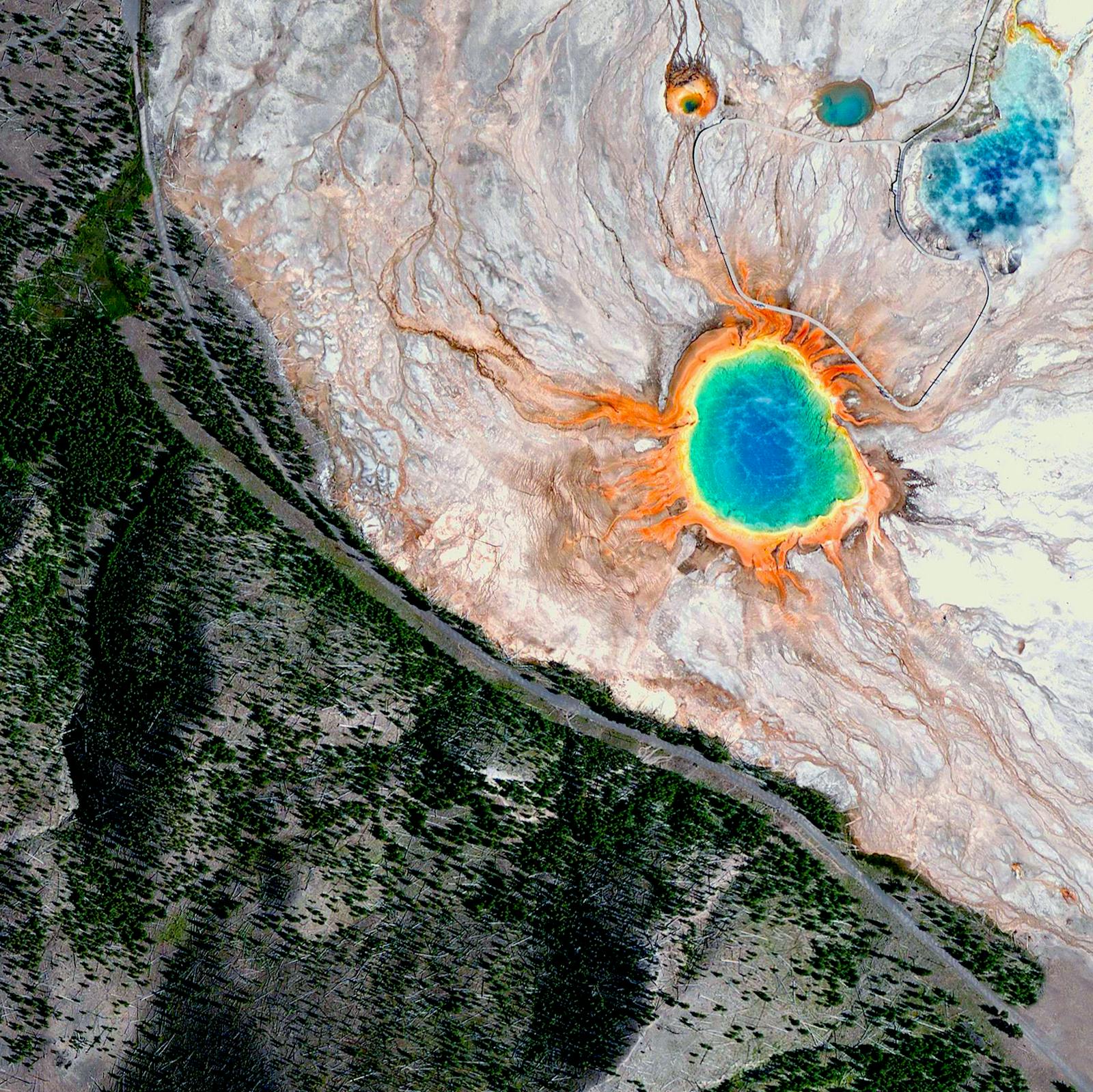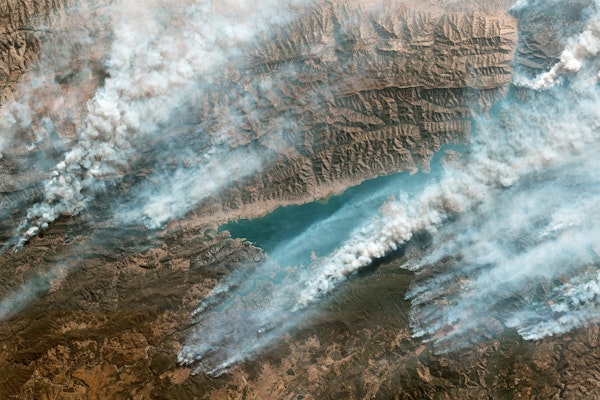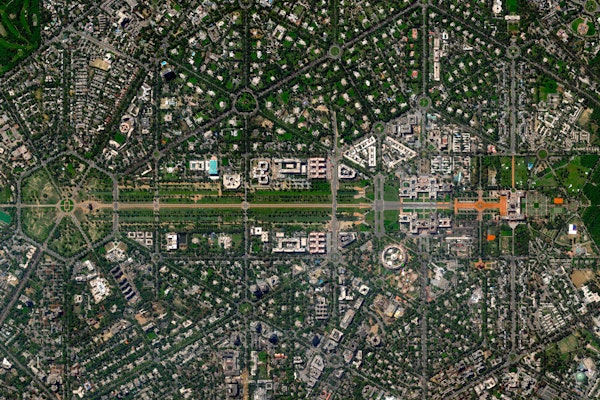In 2020, many political commentators consider Arizona, Florida, Michigan, North Carolina, Ohio, Pennsylvania, and Wisconsin to be the swing states that could push the needle on this year’s election. These states are typically at odds on major issues concerning the economy, immigration, and climate change, but there seems to be little room for argument when it comes to the importance of national parks. A 2018 National Park Service report stated that park visitors spent an estimated $21 billion in local communities just outside park boundaries, propping up rural economies and supporting over 340,000 jobs. With nine national parks and 92 national park sites between them, swing states received a large chunk of these benefits, and state and federal governments often work cooperatively to ensure these economic engines continue operating smoothly. From Everglades National Park in Florida to Isle Royale National Park in Michigan, these lands offer stability and opportunity for local economies, and a chance for visitors from around the world to safely enjoy the outdoors.

